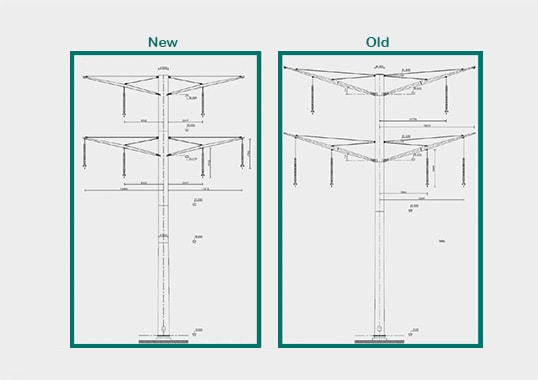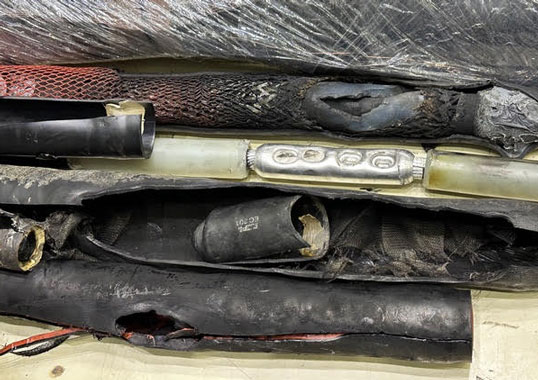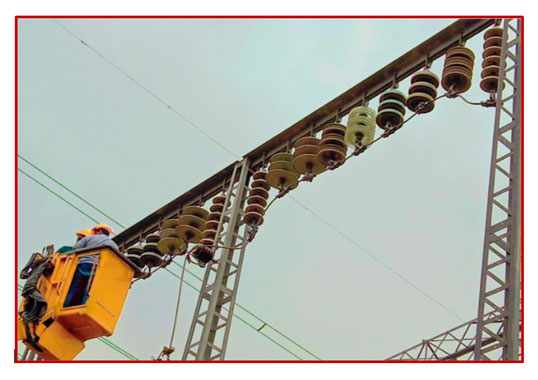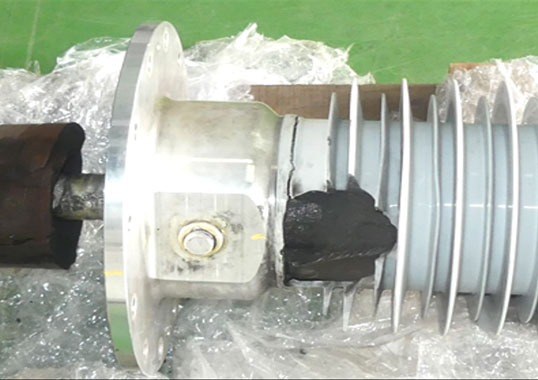Transmission Structures for Reduced Cost and Increased Public Acceptance
by Karl Emil Steenholt-Eliasson.
Denmark plans to have a 100% emission free energy sector by 2050 and all electricity production must qualify as ‘environmentally friendly’ by 2030. As a result, a major effort is underway in more wind power production, both onshore and offshore. This policy has also resulted in a total re-think of all power infrastructure and how to cope with an ever-growing share of basically unforeseeable production input. One of the strategic goals of the country’s TSO, Energinet, is therefore to become an Energy Hub through more interconnections to other countries: during periods of calm winds, energy can be imported while, when there is a large wind production, excess power can be exported. But such new interconnectors will place huge requirements on transmission grids given the amounts of power that will need to be transferred. To ensure enough grid capacity, building new overhead lines is required and indeed two new OHLs are in planning although these face public opposition. To help overcome such resistance in the past, the latest transmission line in Denmark was established using a new design of towers and the project was deemed a success. The new towers, however, came with increased cost compared to traditional lattice towers even though the only real alternative would have been underground cables. This presentation discusses a new project aimed at development of special transmission structures using an updated tower design where the focus is not only on aesthetics but also on cost.








